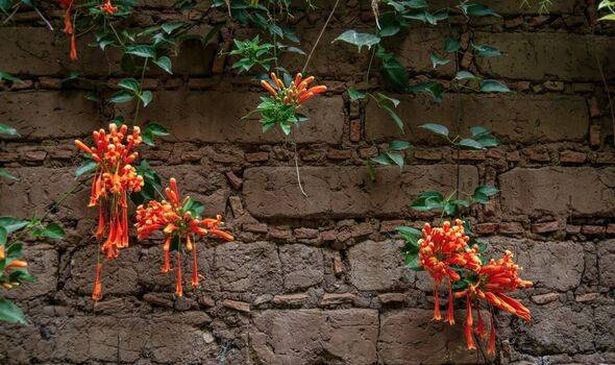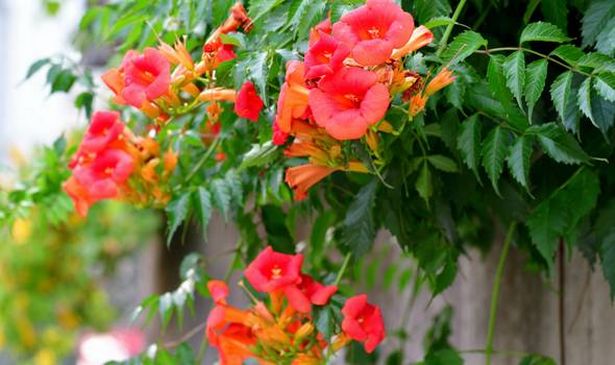If you’re looking to cover up an unsightly fence or wall in your garden, a select climbing plant could be the answer.
11:33, 12 Jun 2025Updated 11:33, 12 Jun 2025
 Trumpet vines require little care(Image: Getty)
Trumpet vines require little care(Image: Getty)
A drab fence or wall can detract from an otherwise stunning garden, but one rapidly growing climber can be the ideal solution. To swiftly turn it into a lush, green backdrop, gardening experts suggest a show-stopping plant: the trumpet vine.
Renowned as the “fastest growing” climber, it’s perfect for quickly covering fences. The vine is also admired for its striking, vibrant blooms, which instantly add visual appeal, reports the Express.
TikTok creator and gardening expert Michael – the gardener (@themediterraneangardener) highly recommends it for rapid, dramatic results; he said, “Looking for a climber that’s a little bit different, then maybe consider the trumpet vine.”
Michael added: “Trumpet vines or Campsis radicans are a vigorous woody climber grown for its attractive orange-red trumpet-like flowers in contrast to its lush green leaves.
“Fast-growing, it will quickly cover a wall or a fence.”
He continued, “If you’re looking for a climber that flowers late summer to autumn, then this one is for you.”
How to grow Trumpet Vines
Trumpet vines can grow up to 30 to 40 feet tall and four to 10 feet wide. They require full sun to partial shade, meaning at least six hours of direct sunlight on most days.
According to gardening experts at the Spruce, these plants “only need watering when there are obvious signs of wilt and withering.
In most climates, the typical rainfall will be sufficient to keep the plants healthy.
“About one inch of water per week, through a combination of rainfall and/or irrigation, is entirely sufficient for good plant performance.”
 These vines are such vigorous growers(Image: Getty)
These vines are such vigorous growers(Image: Getty)
Trumpet vines don’t need any fertilisers as they are “aggressive spreaders” that can thrive in lean soil, which should be sandy, clay, moist and well-drained.
“These vigorous vines do not require any particular care once they are done blooming,” reported the Spruce, but pruning in spring before the growth starts is advisable.
“Cut the plant back to nearly ground level, leaving only a few buds. It is also okay to cut back in late autumn after the leaves have dried and fallen.
This kind of aggressive annual pruning is the best way to keep the plant in check,” recommended the gardening gurus.
 Campsis radicans are also commonly called trumpet vine(Image: Getty)
Campsis radicans are also commonly called trumpet vine(Image: Getty)
The experts highlight that gardeners should note the trumpet vine’s rampant growth, advising to plant them at least six to 12 feet away from buildings or trees due to their invasive nature.
It’s also worth noting that these plants are extremely flammable, making it unadvisable to plant them near foundations or walls of buildings, particularly where wildfires pose a risk.
“A neglected plant that is not pruned back annually can envelop a home or garage in a manner that creates a serious fire risk,” warned experts at the Spruce.
Trumpet vines are native to North America but have been naturalised elsewhere.

